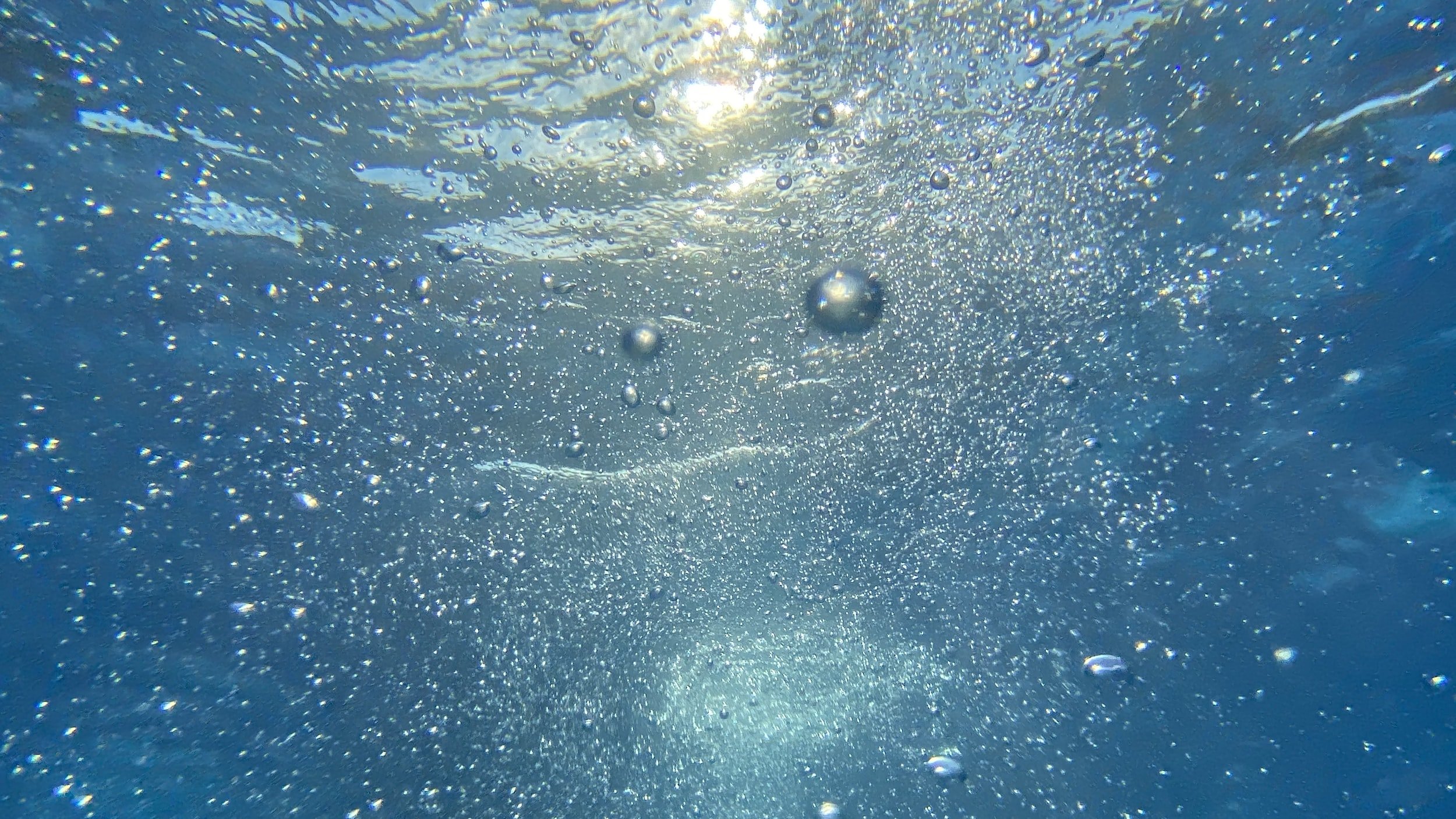
Legionella Standards & Guidance
Legionella Standards
*
Legionella Guidance
*
Legionella Standards * Legionella Guidance *
Legionella Standards and Guidelines
The Health and Safety at Work Act 1974 (HSWA) extends to risks from Legionella arising from work activities.
Harmful biological agents are covered by the Control of Substances Hazardous to Health Regulations 2002 and Amendment 2003 and 2004 (COSHH), as well as management responsibilities under the Management of Health and Safety at Work Regulations 1999 (MHSWR).
A full list of the hierarchy of legal, guidance and British Standard documents are outlined below:
The Health and Safety at Work Act (HSAWA)
The Management of Health and Safety at Work Regulations (MHSWR)
The Control of Substances Hazardous to Health Regulations (COSHH)
The Notification of Cooling Towers and Evaporative Condensers Regulations
ACoP and Guidance L8
HSG 274 Technical Guidance Part 1-3
BS 8580-1 Water Quality – Risk Assessments for Legionella Control
HTM 04-01 Safe Water in Healthcare
HTM 01-05 Decontamination in Primary Care Dental Practices
HSG 220 Care Homes
HSG 282 Spa Pools
BS 7592 Sampling for Legionella Bacteria in Water Systems

Standards and Guidelines
-
Sections 2, 3, 4 and 6 are defined within ACoP L8 as applicable to legionella control. The first 2 sections cover the primary requirements for legionella control: –
(2) It shall be the duty of every employer to ensure, so far as is reasonably practicable, the health, safety and welfare at work of all his employees.
(3) It shall be the duty of every employer to conduct his undertaking in such a way as to ensure, so far as is reasonably practicable, that persons not in his employment who may be affected thereby are not thereby exposed to risks to their health or safety.
http://www.legislation.gov.uk/ukpga/1974/37/pdfs/ukpga_19740037_en.pdf
-
These regulations provide a broad framework for controlling health and safety at work. As well as requiring risk assessments, they also require employers to have access to competent help in applying the provisions of health and safety law; to establish procedures to be followed by any working if situations presenting serious and imminent danger were to arise; and for co-operation and co-ordination where two or more employers or self-employed persons share a workplace.
http://www.legislation.gov.uk/uksi/1999/3242/pdfs/uksi_19993242_en.pdf
-
Regulations 6, 7, 8, 9 and 12 are particularly relevant to Legionella control. Regulation 6, Assessment of the risk to health created by working involving substances hazardous to health, is perhaps the most relevant.
(1) An employer shall not carry out any work which is liable to expose any employees to any substance hazardous to health unless he has –
made a suitable and sufficient assessment of the risk created by that work to the health of those employees and of the steps that need to be taken to meet the requirements of these Regulations; and
implemented the steps referred to in sub-paragraph (a).
Legionella bacteria are classified as substances hazardous to health and therefore a Legionella risk assessment can be considered a mandatory requirement in all workplace buildings with water systems.
http://www.legislation.gov.uk/uksi/2002/2677/pdfs/uksi_20022677_en.pdf
-
This regulation requires the notification of evaporative cooling devices.
3. (1) Subject to this regulation and the regulation 4. It shall be the duty of each person who has, to any extent, control of premises to ensure that no notifiable device is situated on these premises unless the information set out in the Schedule to these Regulations has been notified in writing, on a form approved for the time being for the purposes of these Regulations by the Health and Safety Executive, to the local authority in whose area the premises are situated.
-
Item description
-
The guidance in each part of HSG274 gives practical advice and examples of good practice in how to achieve what is required under L8. HSG274 is published in three parts:
HSG274 Part 1
This document gives specific guidance for evaporative cooling systems. Appendix 1 and 2 give useful practical advice on what should be found in a legionella risk assessment and in a written scheme of control.
Downloadable as a PDF free of charge from the HSE website –
http://www.hse.gov.uk/pubns/priced/hsg274part2.pdf
HSG274 Part 2
This document gives specific guidance for hot and cold water systems. Appendix 2.1 and 2.2 give useful practical advice on what should be found in a legionella risk assessment and in a written scheme of control.
Downloadable as a PDF free of charge from the HSE website –
http://www.hse.gov.uk/pubns/priced/hsg274part2.pdf
HSG274 Part 3
This document gives some basic guidance for other risk systems that are not covered in Part 1 or Part 2. For other risk systems, assessment and control of risk must be from first principles of legionella control. These systems require the most competent and knowledgeable assessors and contractors.
Downloadable as a PDF free of charge from the HSE website –
-
This British Standard gives recommendations and guidance on Legionella risk assessment relevant to water systems. It is applicable to any undertaking involving a work activity or premises controlled in connection with a trade, business or other undertaking where there is potential for exposure to water or when water is used or stored in circumstances that could cause a reasonably foreseeable risk of infection by Legionella and contracting legionellosis.
This standard is also available with tracked changes from the 2010 version.
-
This Health Technical Memorandum (HTM) gives guidance on the legal requirements, design applications, maintenance and operation of hot and cold water supply, storage and distribution systems in all types of healthcare premises.
The guidance is for:
healthcare management
water safety groups
design engineers
estate managers
operations managers
contractors
supply chain businesses
It also provides advice and guidance on the control and management of the risk posed by Legionella, Pseudomonas aeruginosa and other water borne pathogens within a healthcare setting.
-
HTM 01-05 is intended to raise the quality of decontamination work in primary care dental services by covering the decontamination of reusable instruments within dental facilities.
https://www.gov.uk/government/publications/decontamination-in-primary-care-dental-practices
-
This guidance is intended to help those providing and managing care homes – to give them a better understanding of the real risks and how to manage the effectively. It has been extensively rewritten, with a number of new topics, and brings together key messages on risks to both workers and residents. It will also be of interest to others working in social care.
This new edition was published during a period of change. At the time of publication (June 2014), HSE and local authorities investigate serious worker and resident incidents. Under the Enforcing Authority Regulations, HSE regulates homes with nursing and local authority owned or run care homes. Other homes and regulated bt local authorities.
However, from 1st April 2015 the Care Quality Commission (CQC) in England became the lead investigator of incidents where residents have been harmed because of unsafe of poor quality care.
-
Spa-pool systems are a recognised source of diseases caused by infectious agents including the organism that causes legionnaires’ disease, primarily Legionella pneumpohila. There have been a number of outbreaks linked to spa pools in leisure centres, hotels, holiday homes, on cruise ships on display.
This guidance, which supersedes the joint HSE-HPA publication, Management of Spa Pools: Controlling the Risks of Infection, is primarily for those who manage or operate spa-pool systems and explains how to manage and control the risks from legionella and other infectious agents. It will also help service suppliers, designers, manufacturers, importers, suppliers and installers of spa-pool systems meet their legal responsibilities.
As well as guidance on operating and maintaining commercial-type systems, there is specific advice on domestic-type spa pools or hot tubs used as part of a business activity, for example in holiday-park rental units, hotel bedrooms with a dedicated spa and systems on the display or at exhibitions. The guide includes advice on effective ways to safely manage and control spa-pool systems through:
design, commissioning, operation and maintenance;
testing and monitoring spa-pool water quality;
quality and frequency of inspections.
-
This British Standard gives recommendations and guidance on the sampling of water and related materials for determination of the presence of organisms of the genus Legionella. it is applicable to sampling artificial water systems and also gives methods for sampling of biofilms and sediments that might be present in water systems. Some of the same sampling principles can be applied to natural water systems.
The standard is applicable to both sampling for routine monitoring and in outbreak investigations. For the latter, recommendations and guidance on the selection of sampling points are given. the rationale for the selection of sampling points for particular situations is also discussed.
This British Standard is intended for use by all those involved in water sampling for legionellae including the persons taking samples on site and their employers.


